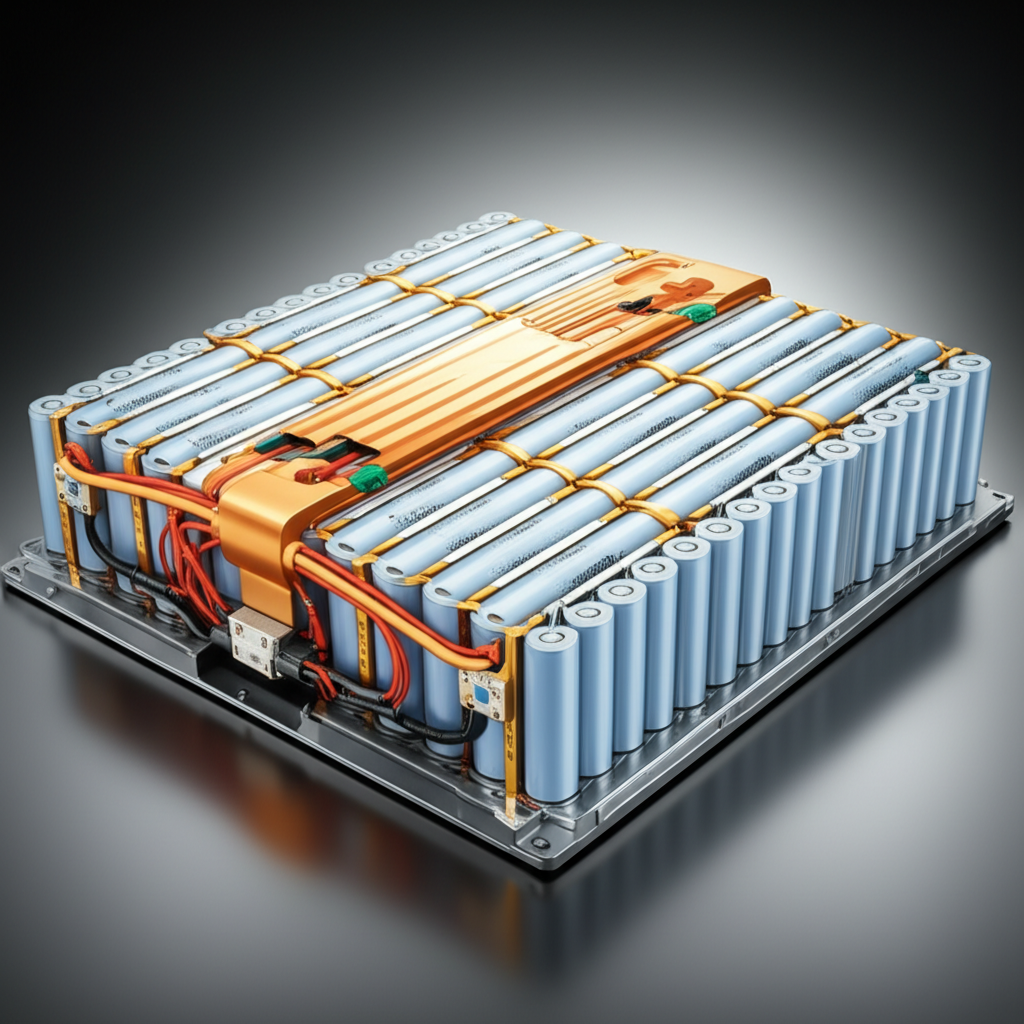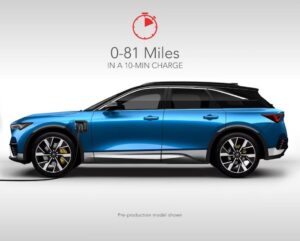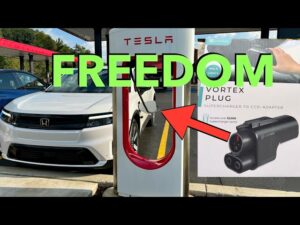How does the Tesla battery work, powering those sleek electric vehicles silently down the road? The answer lies in a sophisticated system built around thousands of individual lithium-ion cells, cleverly organized and managed. While similar in chemistry to the battery in your laptop or phone, the scale and complexity of a Tesla battery pack set it apart. Let’s delve into the intricacies of this impressive technology.
Understanding the Building Blocks: Tesla Battery Cells

At the heart of a Tesla battery are thousands of cylindrical lithium-ion cells, typically 18650 or 2170 formats (referring to their dimensions). These cells are remarkably similar to those found in many consumer electronics, relying on the movement of lithium ions between a positive electrode (cathode) and a negative electrode (anode) to generate electricity. When the battery discharges, lithium ions flow from the anode to the cathode through an electrolyte, releasing electrons that travel through an external circuit, powering the car’s motor. Charging reverses this process.
The Chemistry of Powering a Tesla
The specific chemistry within these cells can vary depending on the Tesla model and battery pack generation. Some use nickel-cobalt-aluminum (NCA) chemistry, known for its high energy density, enabling longer driving ranges. Others utilize nickel-manganese-cobalt (NMC) chemistry, offering a balance of energy density and longevity. More recently, Tesla has been incorporating lithium iron phosphate (LFP) batteries, particularly for its shorter-range vehicles, prioritizing cost-effectiveness and enhanced safety.
Inside the Tesla Battery Pack: Modules and Thermal Management
Individual cells are grouped together into modules. These modules are essentially smaller battery packs containing dozens or hundreds of cells wired in series and parallel. Connecting cells in series increases the voltage, while connecting them in parallel increases the current capacity. The number of modules within a Tesla battery pack varies depending on the vehicle model and desired range.
A critical aspect of the Tesla battery system is its sophisticated thermal management system. Lithium-ion batteries perform optimally within a specific temperature range. Excessive heat or cold can degrade performance and shorten lifespan. Tesla employs liquid cooling systems that circulate coolant around the battery modules, maintaining optimal operating temperature regardless of external conditions. This system heats the battery in cold weather for optimal charging and performance and cools it during rapid charging or high-power discharge.
The Brain of the Operation: The Battery Management System (BMS)
Orchestrating the complex operation of the Tesla battery is the Battery Management System (BMS). This sophisticated computer system monitors and controls every aspect of the battery’s performance, ensuring safety, efficiency, and longevity. The BMS performs several crucial functions:
- Cell balancing: The BMS ensures that all cells within the battery pack maintain a similar charge level, preventing imbalances that can lead to reduced capacity and premature degradation.
- Temperature monitoring: The BMS constantly monitors the temperature of individual cells and modules, activating the thermal management system to maintain optimal temperatures.
- Charge control: The BMS regulates the charging process, ensuring that the battery is charged safely and efficiently, preventing overcharging and damage.
- State of charge estimation: The BMS accurately estimates the remaining charge in the battery, providing the driver with reliable range information.
- Fault detection: The BMS continuously monitors for any faults or anomalies within the battery system, taking corrective action or alerting the driver if necessary.
How Tesla Batteries Achieve Longevity and Performance
Tesla’s commitment to battery technology extends beyond the individual components. The company invests heavily in research and development, constantly refining its battery chemistry, design, and management systems. Over-the-air software updates further optimize battery performance and longevity, allowing Tesla to continuously improve its vehicles even after they’ve left the factory. The battery pack’s physical design also plays a role, with a robust structure protecting the cells from impacts and vibrations.
The Future of the Tesla Battery: Innovation and Sustainability
Tesla’s relentless pursuit of battery innovation is shaping the future of electric vehicles. The company’s focus on vertical integration, from cell production to battery pack assembly, allows for tighter control over quality and cost. Furthermore, Tesla’s commitment to sustainable battery production and recycling programs minimizes the environmental impact of its vehicles throughout their lifecycle. As Tesla continues pushing the boundaries of battery technology, we can expect even greater performance, range, and affordability in the years to come.


